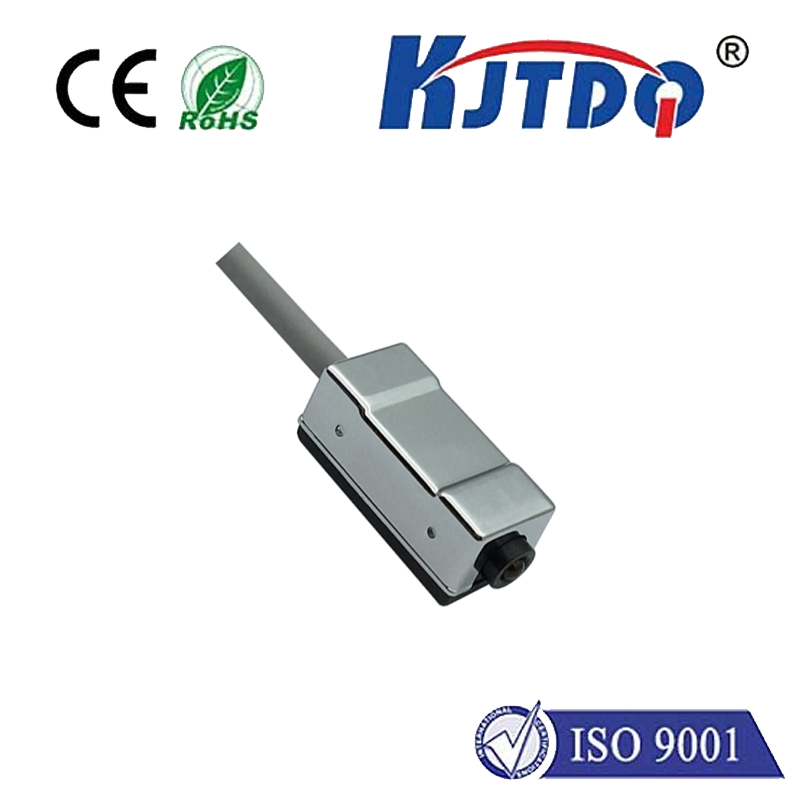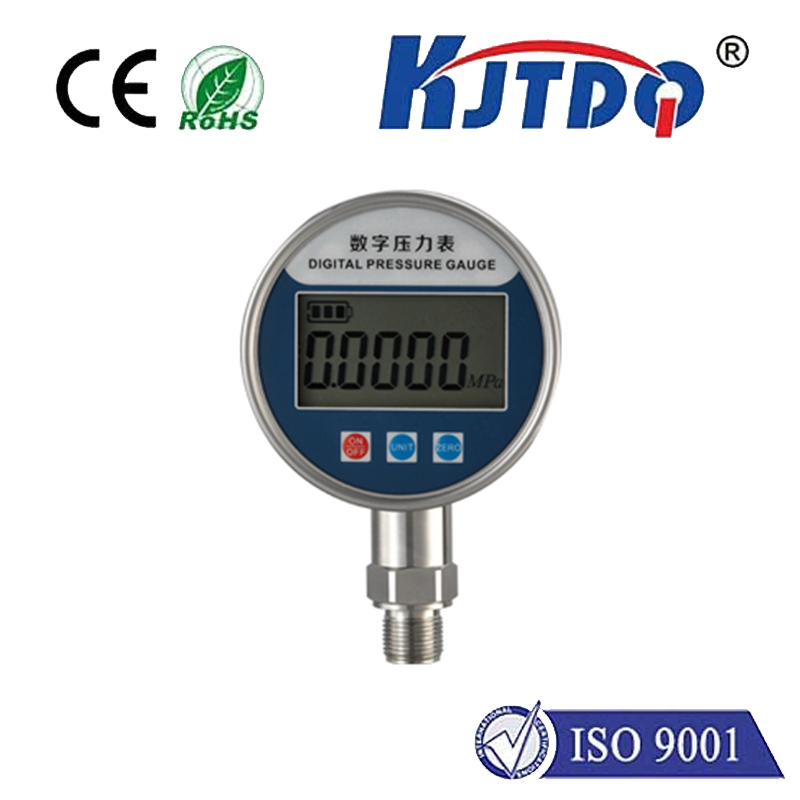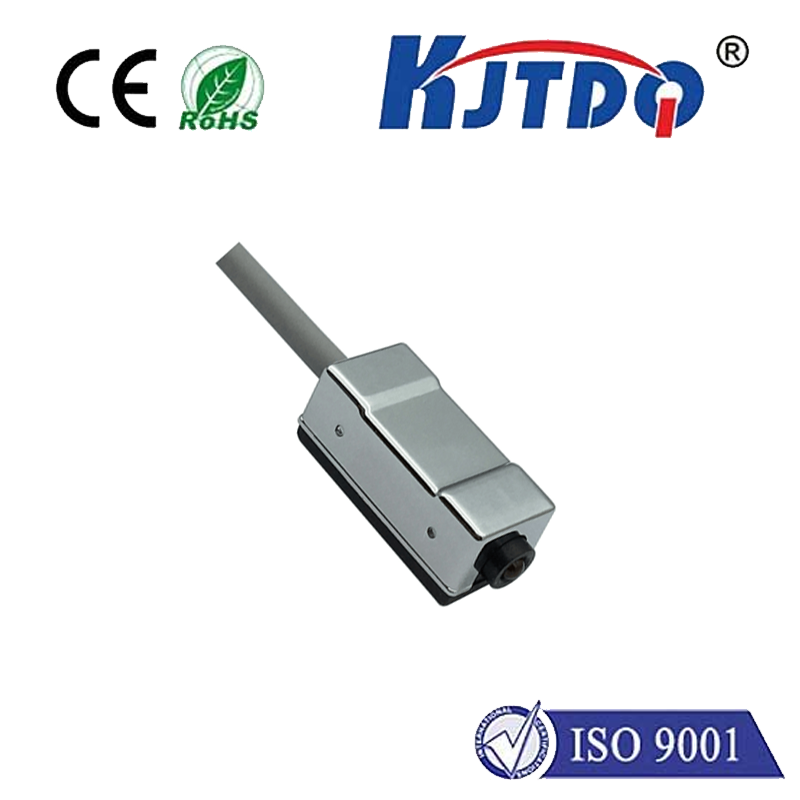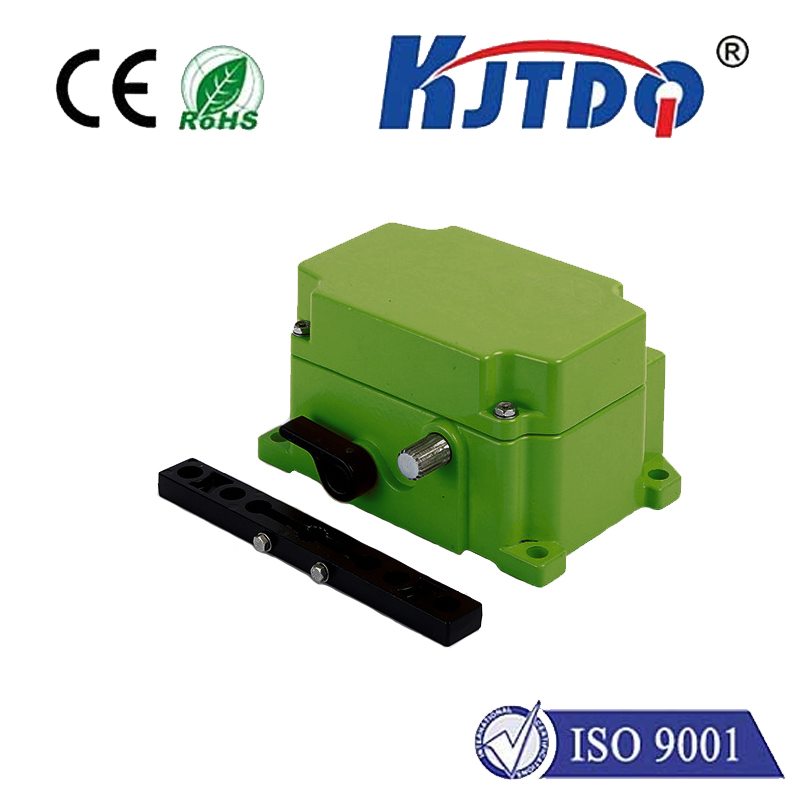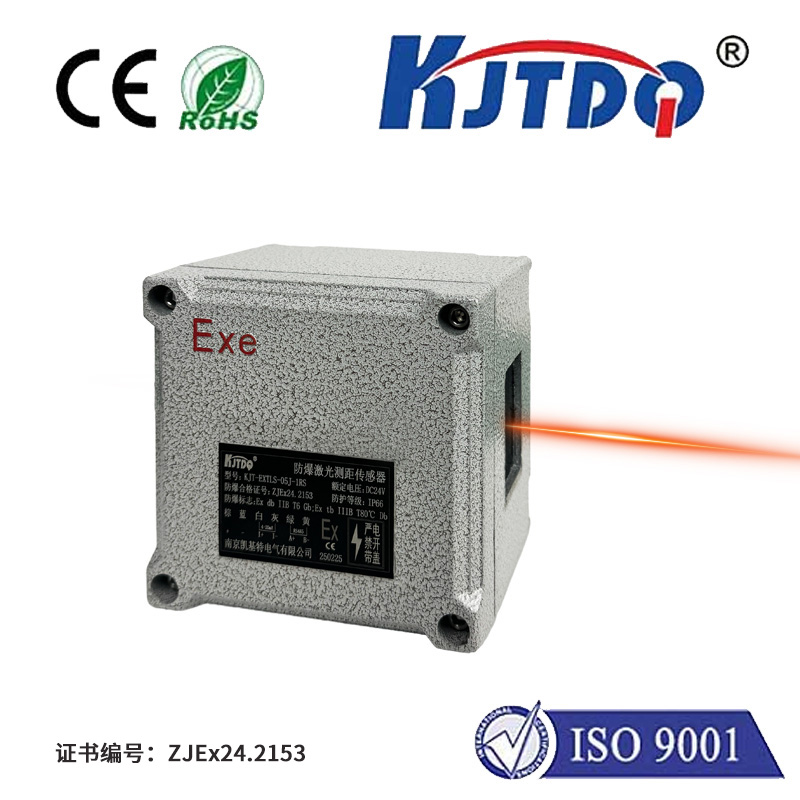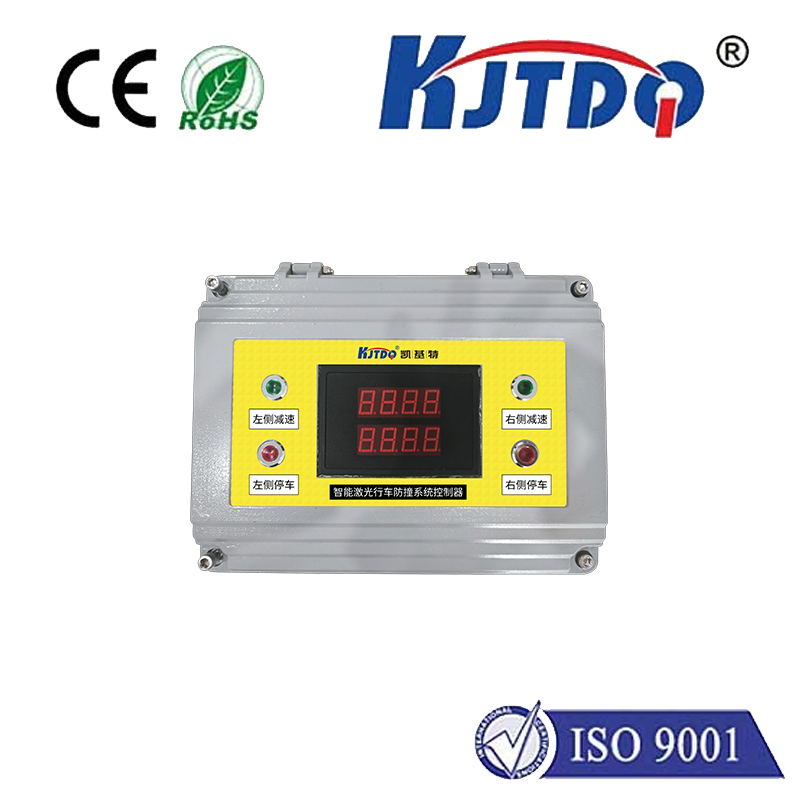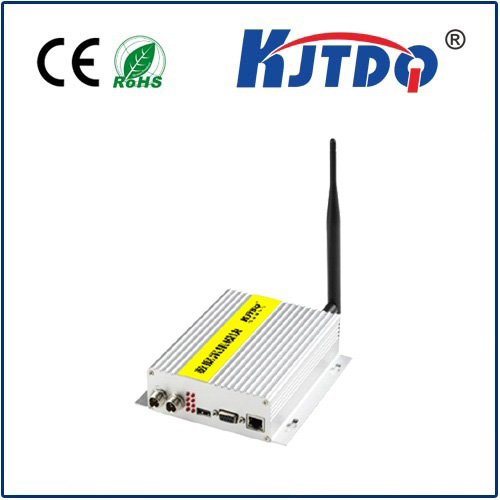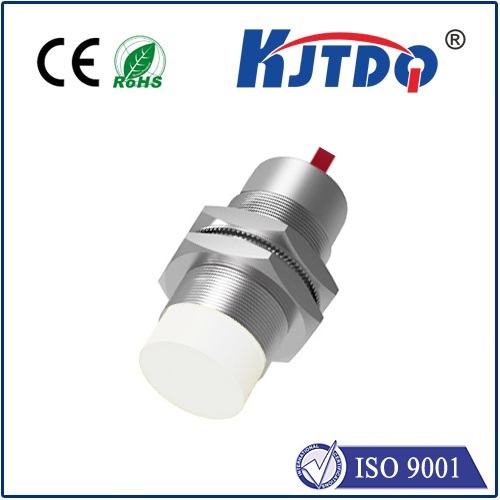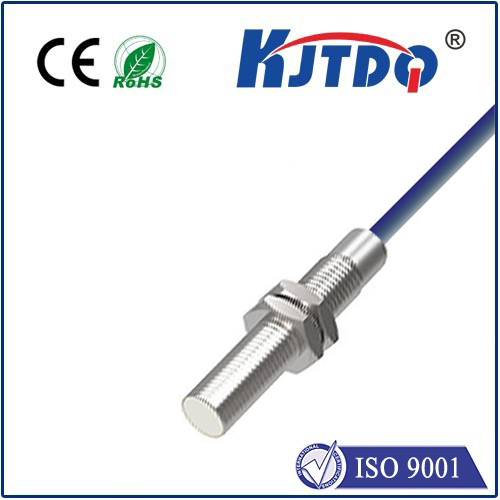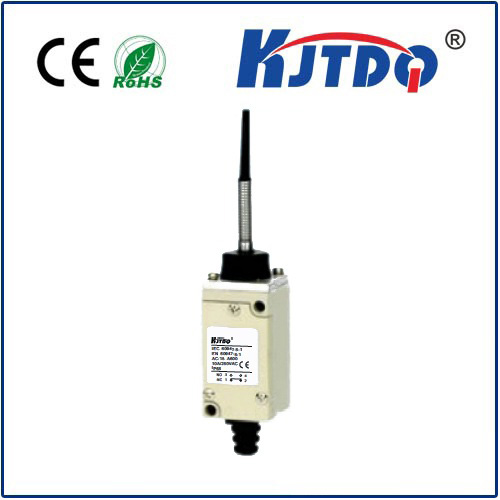

check

check

check

check
Imagine an assembly line where robotic arms place components with millimetre precision, or an automated warehouse where packages zip along conveyors at high speed. Reliable, accurate object detection is the unsung hero making this efficiency possible. Yet, traditional sensors often stumble when targets sit close to reflective backgrounds or vary significantly in color or texture. This is where the specialized prowess of background suppression photoelectric sensors, like the Omron E3FB-RN22, becomes indispensable. This sophisticated device isn’t just another sensor; it’s a key solution engineered to cut through ambiguity and deliver unwavering reliability in complex industrial settings.
At its core, the E3FB-RN22 leverages a principle known as *triangulation*. Unlike simpler diffuse sensors that measure overall reflected light intensity (easily fooled by dark objects or bright backgrounds), or reflective sensors relying on a reflector, the E3FB-RN22 employs a precise optical trick. It projects a focused beam of infrared light towards the target. The sensor’s receiving lens, however, is positioned at a slight angle. Light reflected from the target hits a specific point on the receiver based on the distance the light traveled. Crucially, light bouncing back from surfaces beyond the preset sensing distance hits the receiver at a different point. The sensor’s intelligent electronics analyze where the light lands on the receiver. It actively suppresses or ignores signals originating from beyond its precisely calibrated operating range – its “background suppression zone” – while only reacting to objects within that defined spot. This targeted approach is the secret to its immunity against backdrop interference.

So, what makes the Omron E3FB-RN22 stand out? It embodies a powerful combination of robust design, precision engineering, and user-friendliness tailored for industrial demands:
The practical implications of this background suppression technology are vast, making the E3FB-RN22 a versatile workhorse across numerous sectors:
When selecting a photoelectric sensor, the decision often boils down to the specific challenge. Through-beam sensors offer long range and high immunity but require separate emitter and receiver units. Retro-reflective sensors are easier to align than through-beam but can struggle with reflective targets or dusty environments. Standard diffuse sensors are simple and single-unit but highly susceptible to target color and background interference. The E3FB-RN22 background suppression photoelectric sensor uniquely addresses the critical gap where target proximity to backgrounds or inconsistent reflectivity causes headaches.
Implementing the E3FB-RN22 delivers tangible operational benefits: significant reductions in costly false triggers and machine stoppages, enhanced process reliability leading to higher output quality, minimized waste from detection errors, and drastically simplified installation and maintenance compared to dual-unit sensor types. It translates technical prowess into real-world efficiency and cost savings. Its ability to see what matters, and ignore what doesn’t, is the cornerstone of its industrial value.
For engineers and plant managers grappling with unreliable detection near challenging backgrounds, the Omron E3FB-RN22 background suppression photoelectric sensor isn’t just a component; it’s a strategic upgrade. Integrating this purpose-built technology delivers the robustness, precision, and peace of mind needed to optimize automated processes, reduce downtime, and achieve new levels of productivity on the demanding factory floor. It represents the evolution of photoelectric sensing, overcoming traditional limitations to unlock new possibilities in industrial automation.
